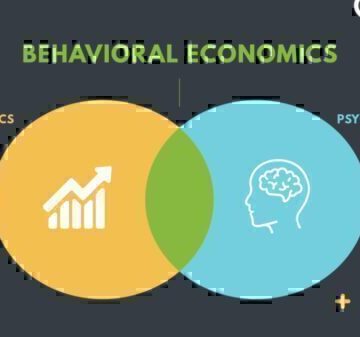What is wage garnishment?
A wage garnishment is a court-issued judgment mandating that a percentage of your income be diverted to satisfy a debt. Common reasons for garnishments include unpaid child support, student loans, and consumer debts. According to internal data collected by ADP, 7% of employees in the United States have at least one wage garnishment.
How much of my income can be garnished?
Depending on what state you live in, you may have more protection when it comes to exemptions and creditor restrictions—you’ll want to do your homework and see how percentages break down. Regarding federal limits, here’s the general math1:
- Child support/alimony: Up to 60% (up to 50% if you’re supporting another child or spouse). There may be a 5% late penalty if you exceed 12 weeks in late payments.
- Federal student loans: Up to 15%
- Consumer debt (for example, credit card or medical bills): 25% of your earnings (or) the amount of your earnings that’s more than 30 times the federal wage (which is currently $7.25 an hour)—whichever amount is less.
- Taxes: The IRS determines this figure based on your standard deductions and the number of dependents in your household.
Transform your finances with GreenPath’s expert support. Take charge of your money starting now.
800-550-1961877-337-3399What are my options if my wages are garnished?
Talk to your creditors. There’s no risk in conveying the financial impact a garnishment would have and negotiating a better path forward. Talk with your creditors and see if they can create a payment plan that works for you.
Contest the judgment. Was the garnishment issued in error or will it cause a significant financial burden? You can object in court. Be aware that the window of time to do so may be limited—a few days at most in some cases.
File for exemption. Depending on your situation, certain types of income (such as Social Security or retirement) may apply for exemption status.
File for bankruptcy. If your financial situation is extreme, you can file for bankruptcy but be sure to consult with a bankruptcy attorney, as this can be a layered and legally complex process.
Accept the judgment. Whether you take out a loan, pay in full, or pay in installments, be transparent with your employer about the process (and the fact that you’re being proactive in handling it).
Seek support. Find out what resources your financial provider can offer in managing the impact of garnishment. You can also connect with a qualified, caring counselor at GreenPath Financial Wellness, who can assist you with understanding your overall financial picture and developing a personal action plan to achieve your goals.
GreenPath Financial Service
Free Debt Counseling
Take control of your finances, get tailored guidance and a hassle-free budgeting experience. GreenPath offers personalized advice on how to manage your money.










